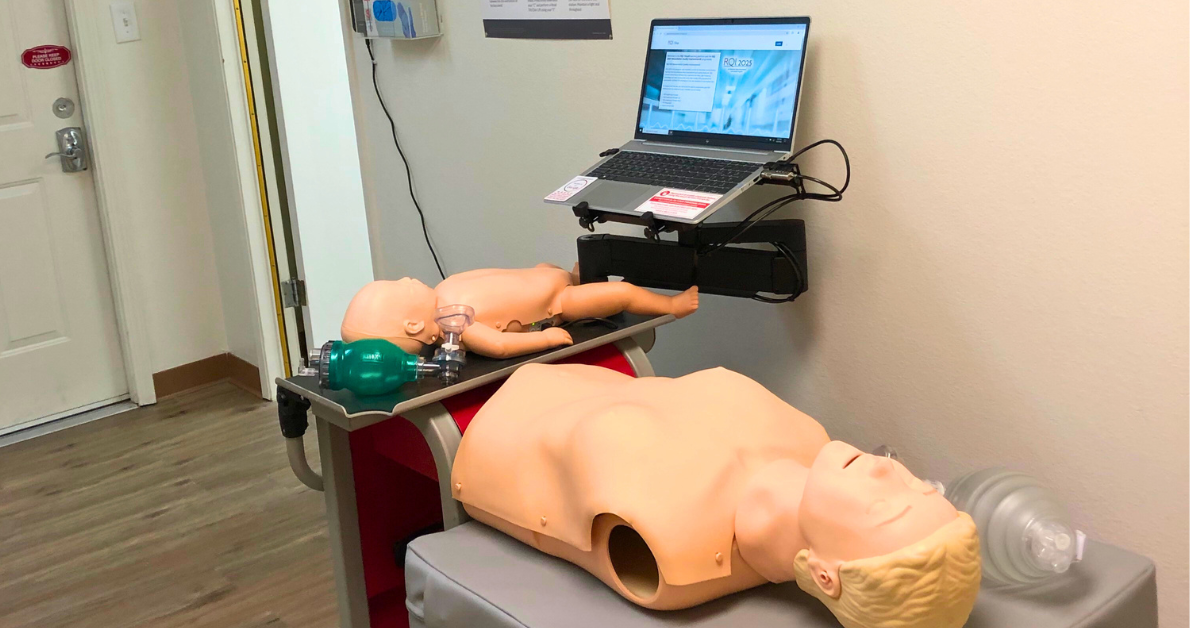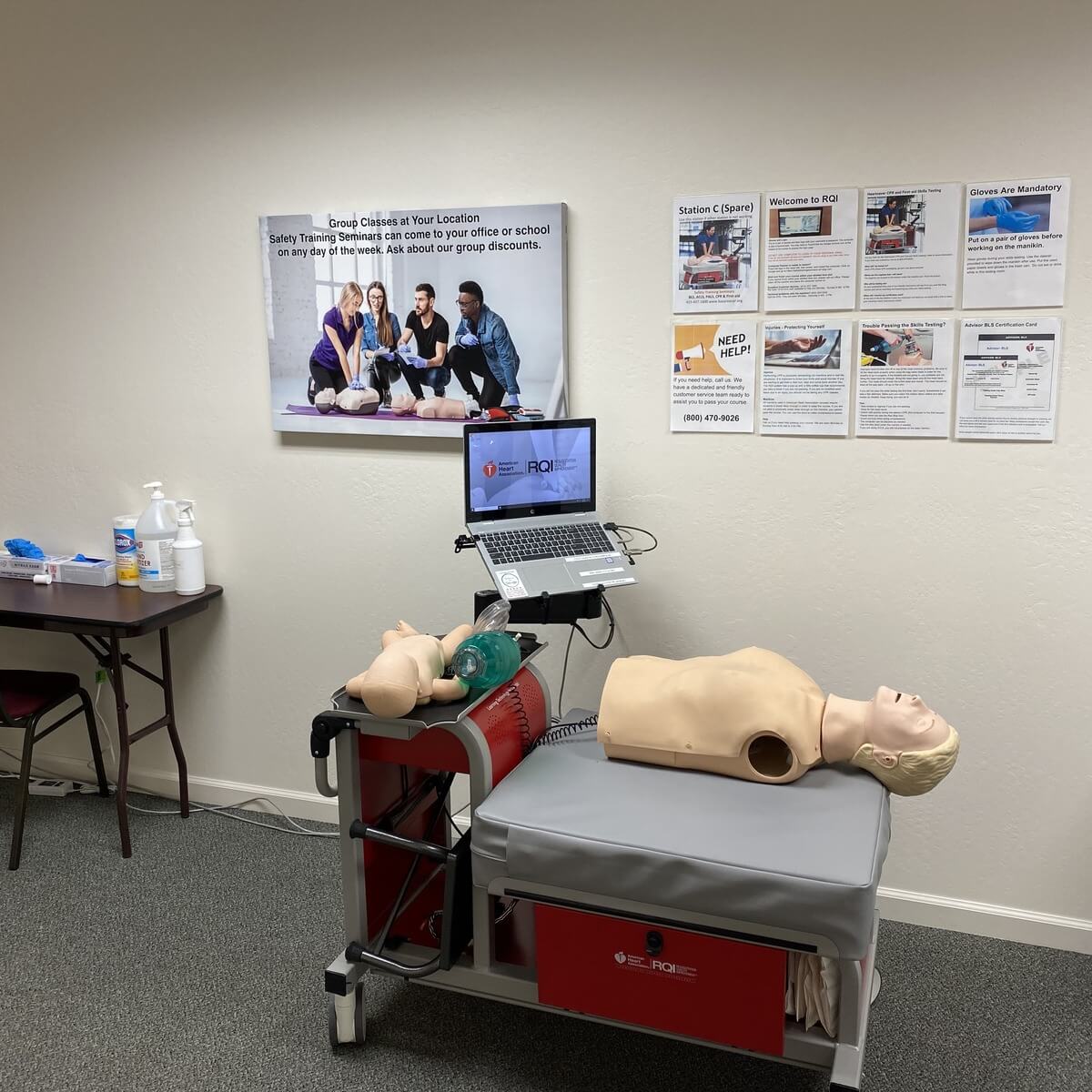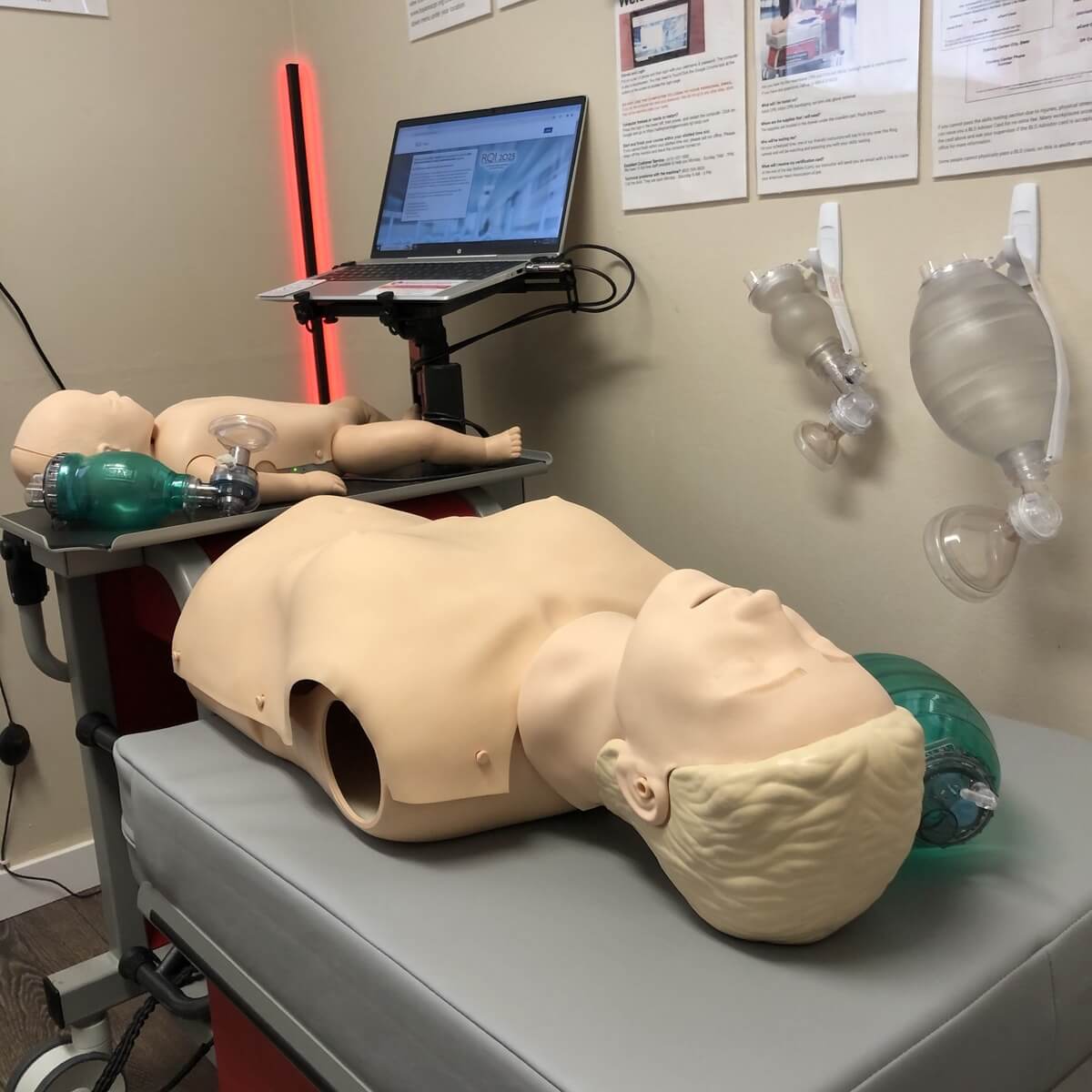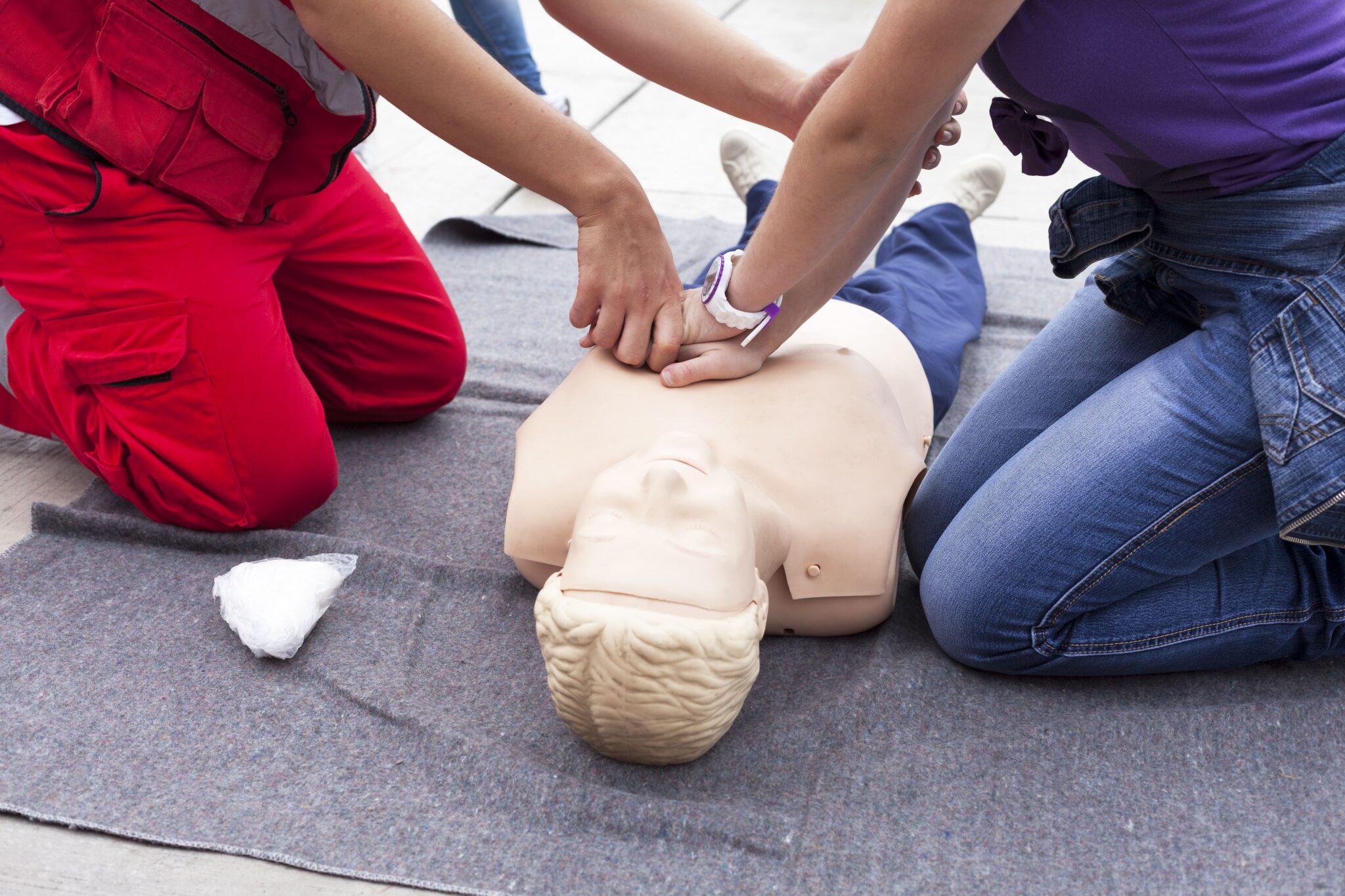When it comes to life-saving skills, CPR certification is one of the most important credentials you can keep current. For healthcare workers, teachers, first responders, and even everyday citizens, keeping your CPR certification valid isn’t optional; it’s essential. One of the easiest ways to stay certified is through American Heart Association CPR renewal online courses. At first glance, the process looks simple: log in, complete your training, and you’re good to go. But here’s the truth. There are some things that most experts don’t tell you, and understanding them can save you time, money, and even prevent unnecessary stress. This guide breaks down everything you need to know so that you feel confident in your renewal process and your ability to respond in an emergency.
Why CPR Renewal Is So Important
Renewing your CPR certification is about more than keeping an active card in your wallet. It’s about staying prepared to save a life when seconds count. CPR skills fade over time, even for experienced professionals. Studies show that without practice, technique and confidence decline quickly. That’s why the American Heart Association requires renewal every two years. It isn’t just a formality. It’s a way to keep your skills fresh and ensure you’re up to date with the latest science. CPR guidelines change as new research becomes available, and what was considered best practice a few years ago may no longer apply today. Renewal is your way of making sure you’re not relying on outdated techniques that could compromise someone’s survival.
The Truth About “Completely Online” CPR Renewal
One of the most common misunderstandings is the idea that you can complete CPR renewal entirely online. The reality is that while the AHA offers online learning modules, certification is not valid until you also complete a hands-on skills check with an authorized instructor. CPR is a physical skill. You need to demonstrate chest compressions, rescue breaths, and AED use on a manikin to prove you can actually perform in a real situation. Programs that advertise “100% online AHA certification” should raise red flags. In fact, if a course does not include a practical evaluation, the card you receive likely won’t be accepted by your employer or licensing board. Online learning is incredibly useful for theory, but it is only half the picture.
How Online Renewal Really Works
If you choose the American Heart Association CPR renewal online option, you’ll go through a hybrid process. Step one is completing the eLearning module, which you can do at your own pace. This portion includes instructional videos, interactive quizzes, and real-life scenarios that test your decision-making skills. Once you finish that, step two is scheduling a brief, in-person skills session with an AHA-certified instructor. This is where you demonstrate proper chest compressions, rescue breathing, and how to correctly use an AED. The skills session usually takes less than 30 minutes. Once you complete both parts, you’ll receive your official AHA certification card.
Watch Out for Hidden Costs
Many people are surprised by the hidden fees that can come with CPR renewal. For example, the fee you pay for the online module often does not include the cost of the in-person skills session. That’s an extra charge you’ll need to plan for. Some providers also charge for replacement cards if you lose your certificate, or they add facility fees for using their training centers. These costs add up quickly. That’s why it’s important to choose a provider that is upfront about pricing and offers a low-price guarantee. This way, you know exactly what you’re paying for and can avoid unpleasant surprises.
Picking the Right Provider Matters
Not all CPR renewal providers are the same. Unfortunately, some companies claim to offer American Heart Association certification but issue cards that aren’t actually recognized. This can cause serious problems if your employer requires AHA certification. To avoid this, always confirm that the provider is officially aligned with the American Heart Association. Check that both the eLearning course and the hands-on skills session are included in the program. Finally, make sure you will receive an official AHA eCard when you finish. If a provider can’t guarantee that, it’s best to look elsewhere.
What Happens During the Skills Check
For many people, the idea of a skills test brings on some nerves. But in reality, the session is short, supportive, and designed to set you up for success. During your check, you’ll show that you can perform high-quality chest compressions at the correct rate and depth, give effective rescue breaths with a barrier device, and follow the AED prompts accurately. The instructor’s goal is to make sure you feel confident and capable. If you make a mistake, they’ll help you correct it. Most people finish their skills test in less than half an hour.
Renewal vs. Initial Certification
If this isn’t your first time taking CPR training, you may wonder how renewal differs from initial certification. The good news is that renewal is generally shorter and more focused. Since you already have the basics, the course acts as a refresher to sharpen your skills and update you on any changes to the guidelines. Initial certification, on the other hand, is longer and more comprehensive because it covers everything from the ground up. For people who use CPR in their jobs, renewal is the best way to save time while staying compliant.
Why You Shouldn’t Wait Until the Last Minute
Timing your renewal is one of the most important parts of the process. If your CPR card expires, some employers will require you to take the full certification course again instead of just a renewal. Even if you are only a day late, it can cause unnecessary complications with work or school requirements. The safest approach is to renew at least a month before your certification expires. This gives you some wiggle room in case the skills sessions are booked or if unexpected conflicts arise in your schedule.
How Technology Has Improved CPR Renewal
Advancements in eLearning have made CPR renewal more flexible than ever. Instead of sitting through a day-long classroom course, you can complete the online modules from home, on your own schedule. The eLearning platform is interactive, and many programs now use realistic simulations to mimic emergencies. This helps you practice decision-making in a controlled environment, which makes you better prepared for real-life situations. For busy parents, shift workers, or students, this flexibility makes staying certified far more manageable.
Signs of a Course to Avoid
While many CPR programs are legitimate, there are still some you should avoid. Watch out for courses that promise instant certification without hands-on training. If the certificate does not clearly state American Heart Association, it probably won’t be valid. Be wary of providers that don’t explain how you’ll complete the skills check or who charge unusually low prices that sound too good to be true. When in doubt, always ask for proof that the provider is aligned with the AHA before enrolling.
The Extra Benefits of CPR Renewal
Staying certified in CPR is not only about compliance, but it also has personal and professional benefits. Renewing your certification boosts your confidence in emergencies, shows employers that you take your responsibilities seriously, and ensures you can help someone in need, whether you’re at work, at home, or in the community. Many people who renew regularly say that having those skills ready makes them feel empowered and capable. It isn’t just a requirement. It’s a commitment to being prepared.
Tips for a Smooth Renewal Process
A little preparation can make the renewal process easy. Schedule your class early so you don’t run into a lapse. Double-check that your provider is officially connected to the American Heart Association. Bring proper identification to your skills session and review your CPR steps beforehand so you feel confident walking in. Once you receive your AHA eCard, save a digital copy on your phone so it’s always easy to access. These simple steps help ensure your renewal is stress-free.
Why Northern California Chooses Safety Training Seminars
In Northern California, Safety Training Seminars is a trusted provider for CPR, BLS, ACLS, and PALS training. As a woman-owned business with more than 65 convenient locations, we make it easy to find a class near you. Classes are available every day of the week, including Saturdays and Sundays, so you never have to worry about fitting it into a busy schedule. With our low-price guarantee, you’ll know you’re getting a great value. Most importantly, you’ll receive official American Heart Association certification that your employer or licensing board will accept.
The Real Secret About CPR Renewal
At the end of the day, the biggest secret about American Heart Association CPR renewal online is that it’s not just a box to check. It’s about keeping your skills sharp and being ready to act when someone needs you most. The online modules give you flexibility, while the in-person skills check ensures you can confidently put your knowledge into action. If you understand the process and choose a trusted provider, your renewal experience can be quick, affordable, and empowering.
Ready to Renew?
Don’t put off your CPR renewal until the last minute. Take control of your professional requirements and your personal preparedness today. Safety Training Seminars offers budget-friendly courses backed by a low-price guarantee, with over 65 Northern California locations, including the greater Oakland, CA area, to choose from. With flexible scheduling every day of the week, it’s easy to find a class that works for you. Contact us now and schedule your CPR renewal with confidence. Your renewal isn’t just a requirement. It’s your promise to be ready when it matters most.







